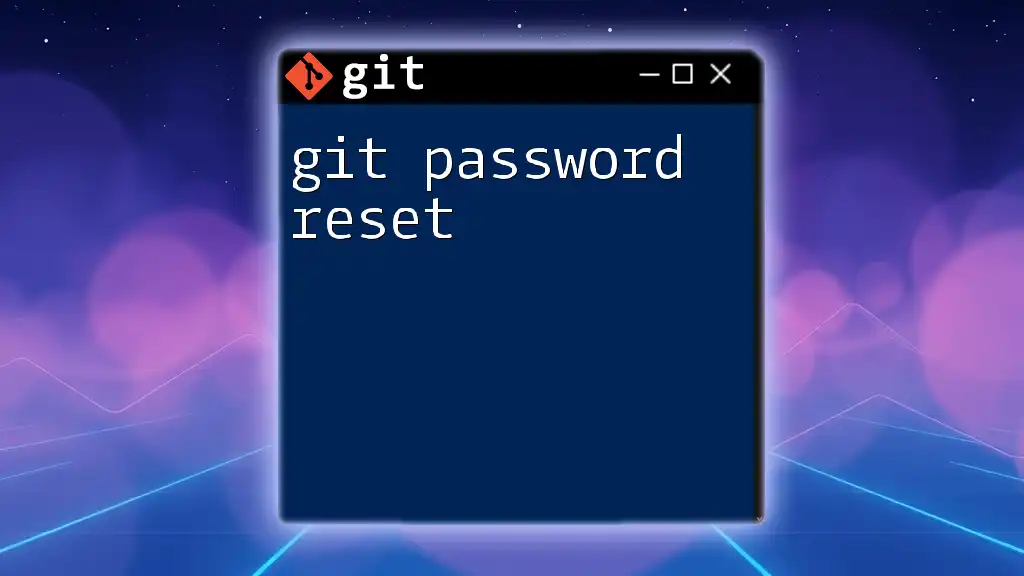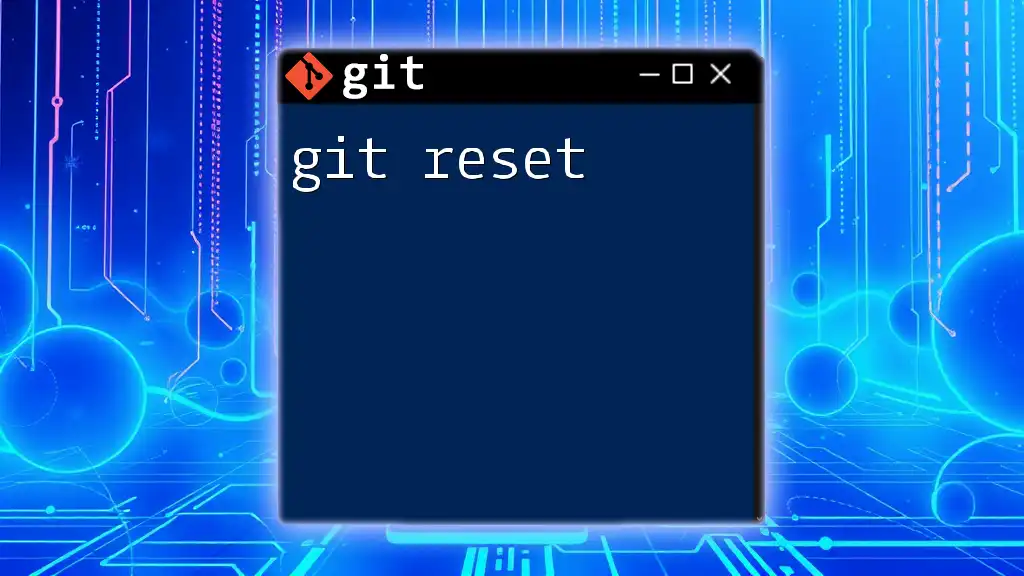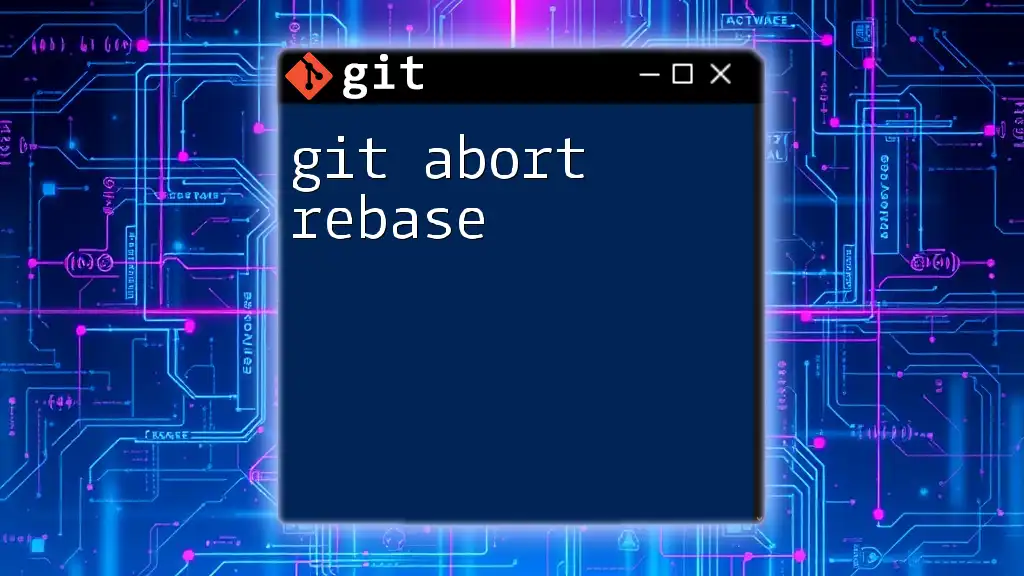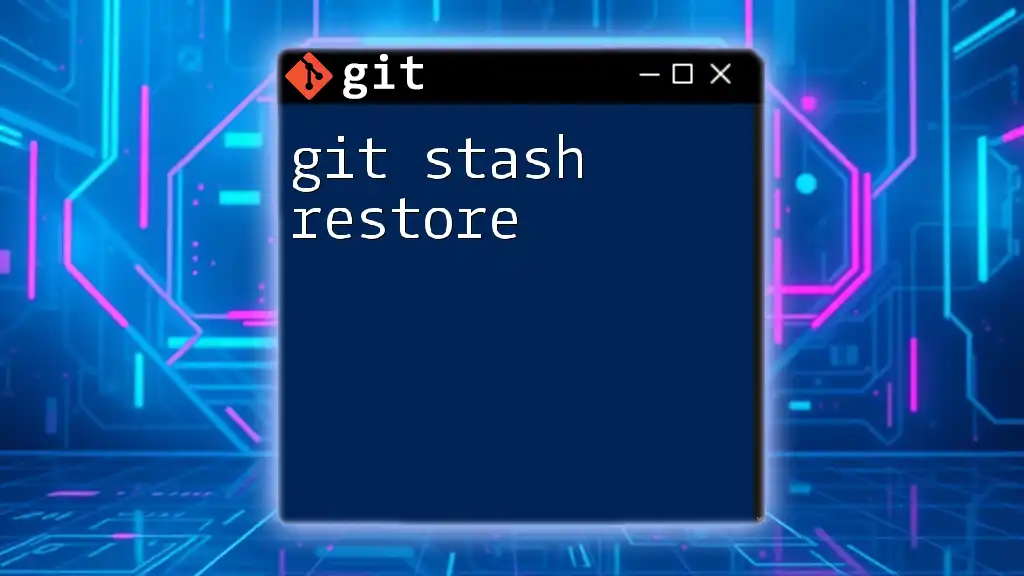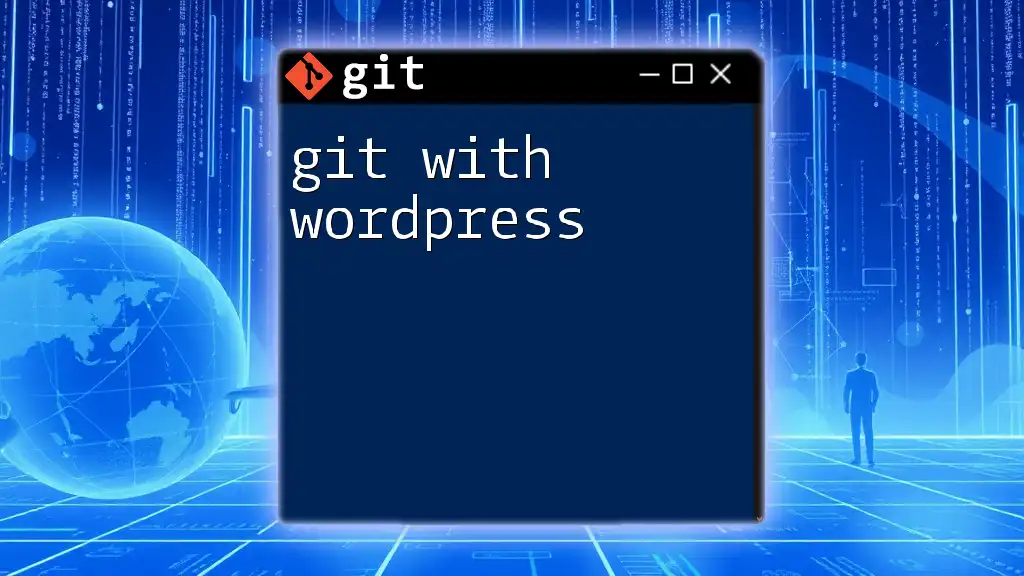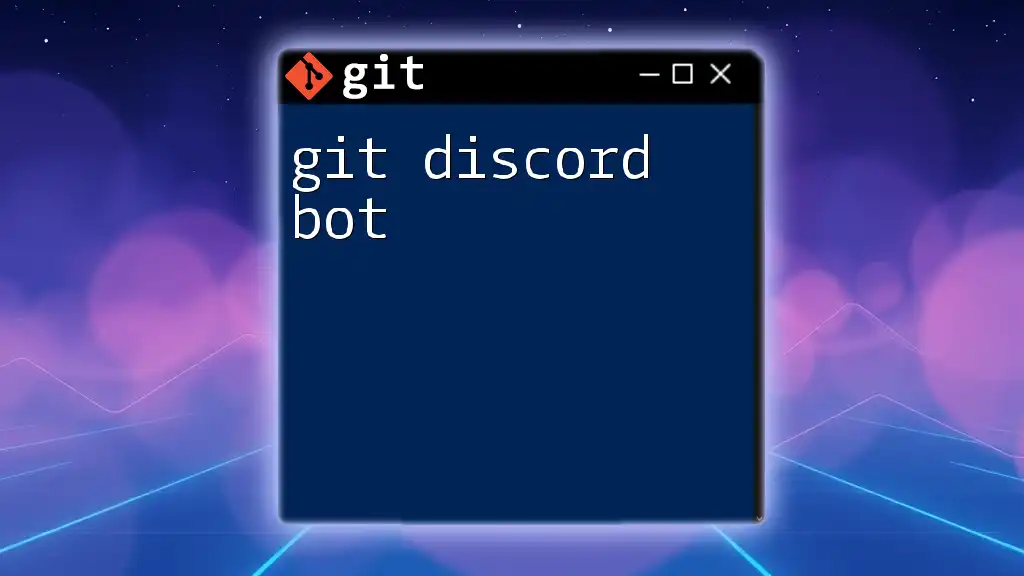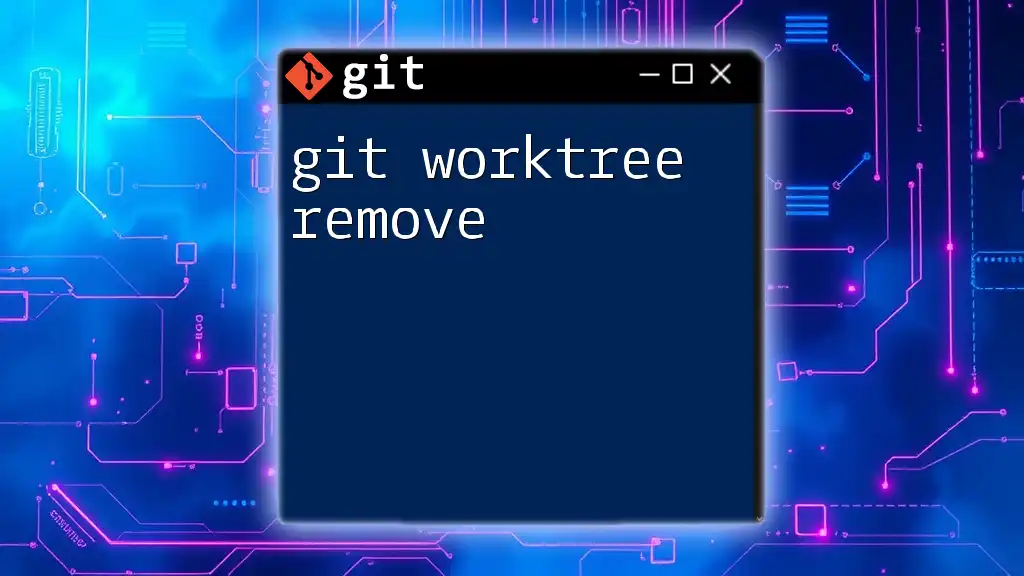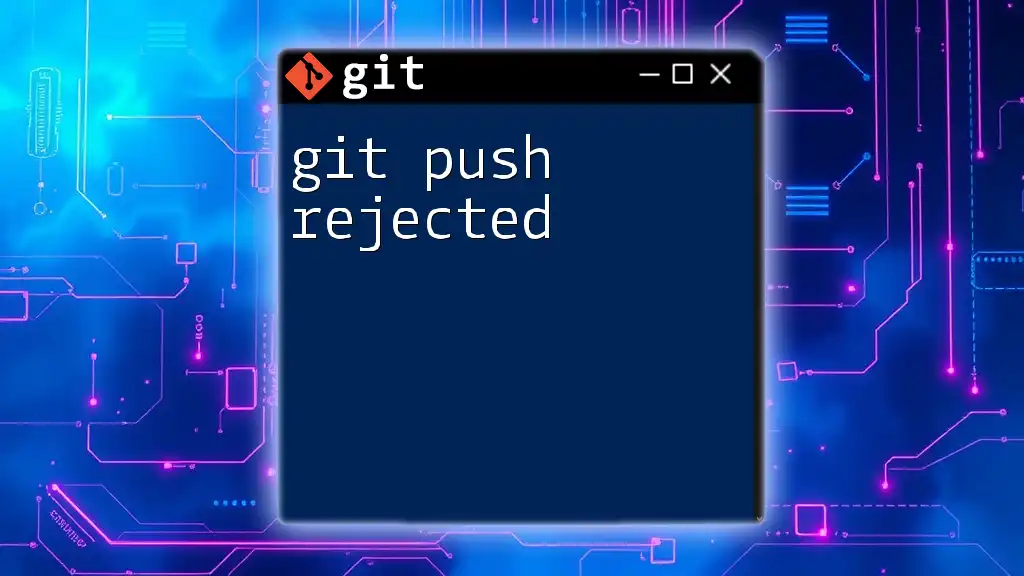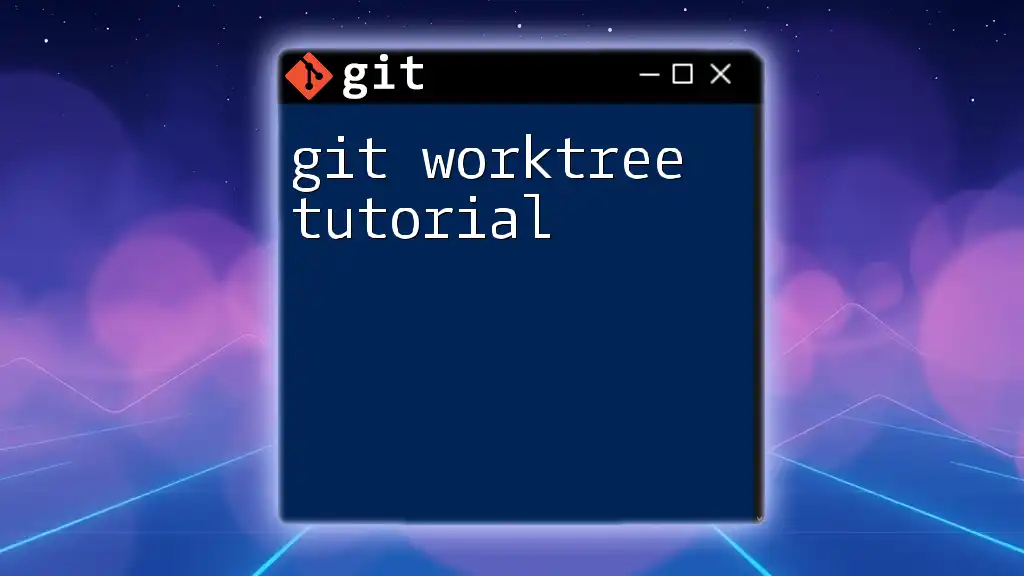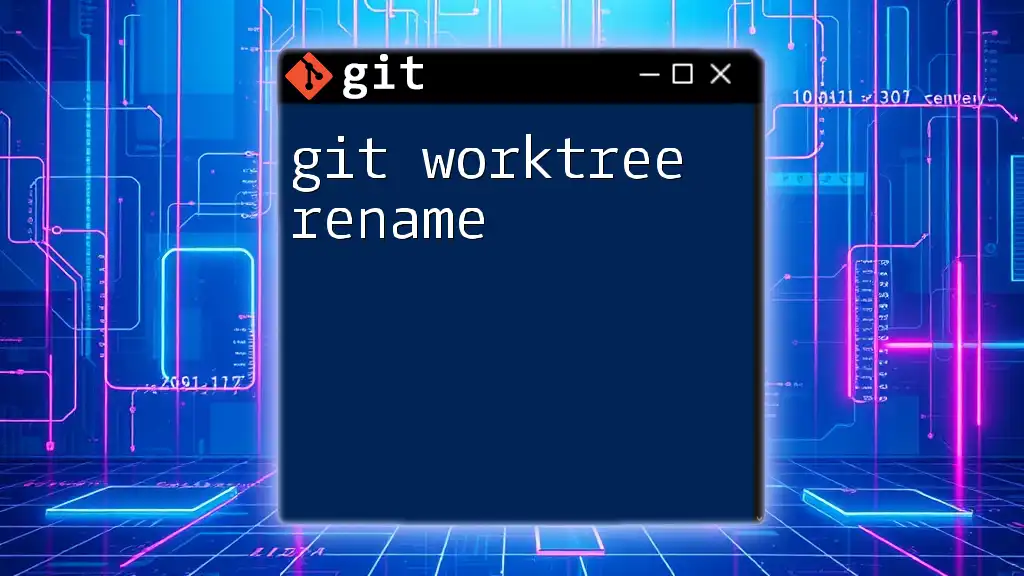To reset your Git password, you can update your credentials in the credential helper or use the following command to prompt for a new password the next time you interact with the remote repository.
git config --global credential.helper cache
Understanding Git Authentication
Git authentication is essential for interacting securely with remote repositories. When using Git, you need to authenticate both locally and externally. There are two primary methods of authentication—HTTPS and SSH.
With HTTPS, you usually provide a username and password, whereas with SSH, you utilize key pairs to grant access. Knowing when to reset your Git password usually comes down to scenarios like forgetting your password or experiencing a potential security breach.
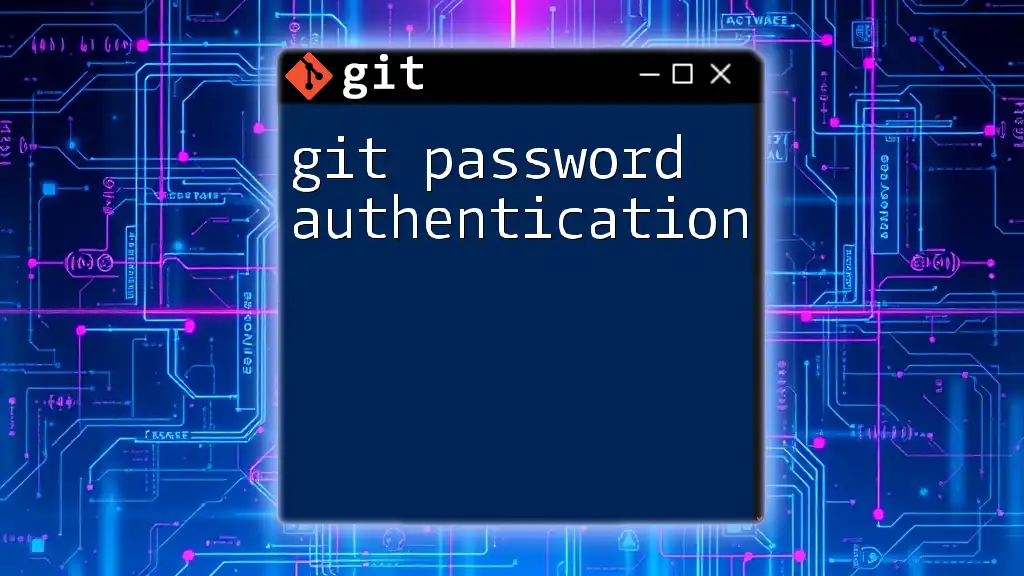
Resetting Your Git Password for HTTPS Repositories
Why Use HTTPS?
Using HTTPS for Git has certain advantages, such as easier configuration and widespread compatibility. However, it requires you to enter your username and password each time you communicate with your remote repository unless you set up a credential cache.
Steps to Reset Your Password
Option 1: Reset through Git Configuration
In some cases, simply caching your credentials may help alleviate the need to keep entering your password. You can do this with the following command:
git config --global credential.helper cache
This command tells Git to temporarily cache your credentials, so you don’t have to re-enter them for each interaction with the remote repository.
Option 2: Editing Saved Credentials
Depending on your operating system, you can edit or remove saved Git credentials as follows:
-
Windows: Use the Credential Manager.
- Navigate to Control Panel > User Accounts > Credential Manager and find the Git-related entries. You can delete or edit them here.
-
MacOS: Utilize Keychain Access.
- Open Keychain Access, search for "git," and delete the entry related to your Git credentials.
-
Linux: Edit the `~/.git-credentials` file. For example, you can open the file using:
nano ~/.git-credentials
In this file, you can either remove or update the relevant Git URL with your new credentials.
Re-authenticating
After editing or resetting your credentials, you’ll need to re-authenticate. You can do this by pushing your changes back to the remote repository:
git push https://github.com/username/repository.git
Once you execute this command, you will be prompted to enter your new credentials.
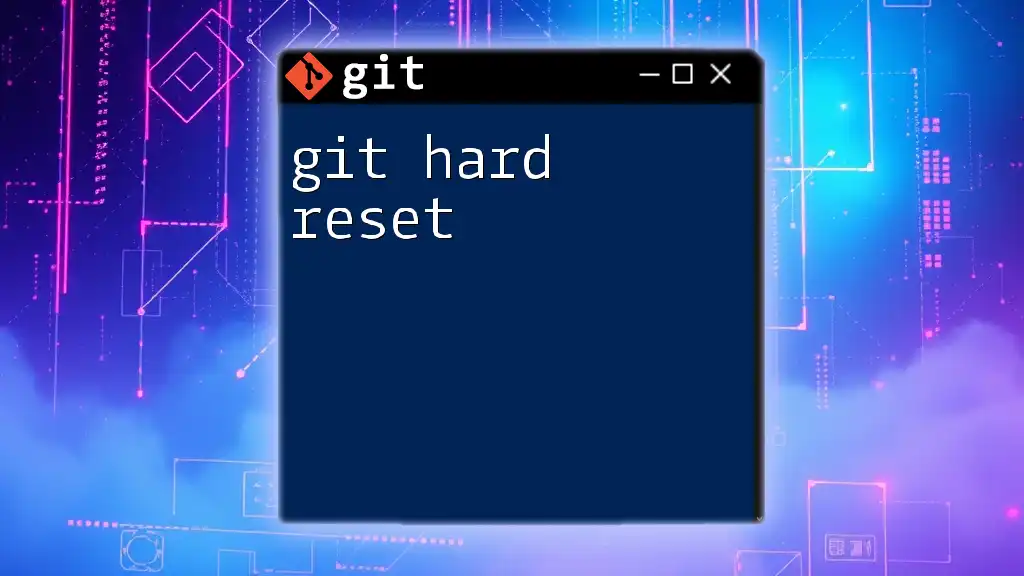
Resetting Your Git Password for SSH Repositories
Why Use SSH?
SSH keys provide a more secure way to authenticate with remote repositories compared to HTTPS. They work through public-private key pairs, making them less susceptible to password-related vulnerabilities.
Steps to Reset Your SSH Password
Option 1: Generating a New SSH Key
If you need to reset your SSH key, the first step is to generate a new one. You can do this using the following command:
ssh-keygen -t rsa -b 4096 -C "your_email@example.com"
When you run this command, you'll be prompted to enter a file in which to save the key. You can usually press Enter to accept the default location. When asked for a passphrase, you can choose whether to enter one for added security.
Option 2: Updating Your SSH Key in GitHub
After generating a new key, you need to ensure it’s associated with your GitHub account. Follow these steps:
-
Go to GitHub and navigate to Settings > SSH and GPG keys.
-
Click on the New SSH Key button.
-
To add your new public key, first copy it using:
cat ~/.ssh/id_rsa.pub | pbcopyThis command copies the contents of your public key file to your clipboard for easy pasting.
-
Paste the key into the "Key" field on the GitHub form and provide a title.
Verifying Your New SSH Key
To ensure everything is set up correctly, you can test your new SSH key with this command:
ssh -T git@github.com
If the setup is successful, you’ll see a message letting you know that you have successfully authenticated, confirming your SSH key is operational.
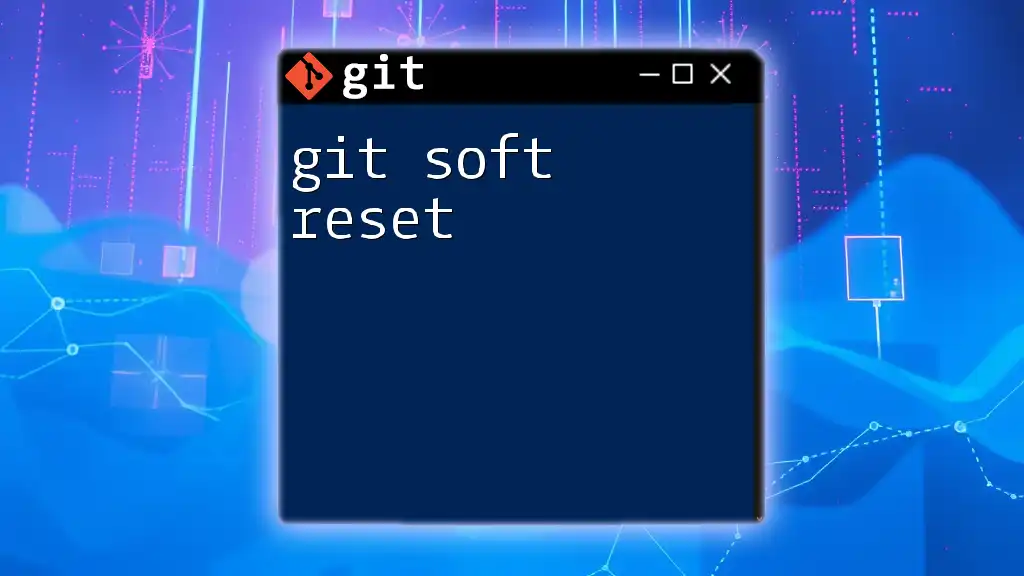
Common Issues and Troubleshooting
Common Error Messages
While resetting your Git password, you may encounter various error messages. For instance:
-
“Permission denied (publickey)”: This indicates that your SSH key isn’t recognized. Double-check that your new key is added to your GitHub account and loaded into your SSH agent.
-
“Authentication failed”: This usually occurs when you've entered incorrect credentials. Ensure you’re using the newest credentials or verify that the username/password combination is correct for HTTPS.
When to Seek Further Help
If you find yourself stuck during the Git password reset process, it might be time to consult additional resources. Official Git documentation is a rich source of information, and community forums like Stack Overflow can provide insights and solutions to unique problems.
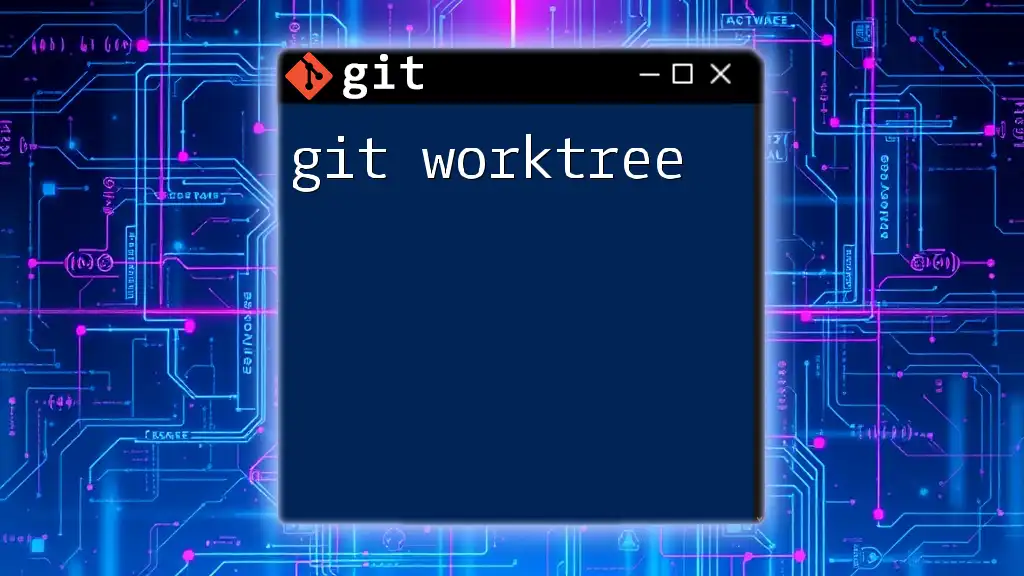
Best Practices for Secure Git Credentials Management
Regularly Rotate Passwords
It’s essential to change your passwords periodically to enhance security, minimizing the chance of unauthorized access to your repositories.
Employing SSH Keys
Using SSH keys is highly recommended. Unlike passwords, SSH keys are both harder to guess and eliminate the need to enter your password repeatedly.
Use Credential Managers
Tools like the Git Credential Manager can streamline authentication across platforms. These tools can securely store and manage your credentials, bolstering security.
Two-Factor Authentication
Enabling two-factor authentication (2FA) adds an extra layer of security to your Git accounts. If someone tries to access an account, they will require not just your password but also a verification code sent to your registered device.
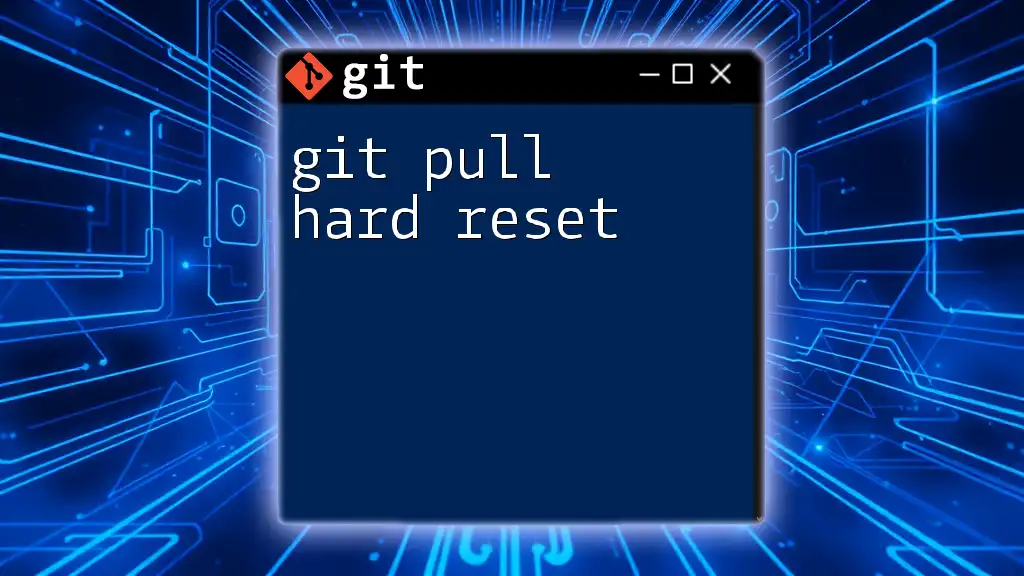
Conclusion
Managing your Git credentials securely is crucial to maintaining the integrity of your projects. From knowing how to reset your Git password to utilizing best practices in credential management, these steps will ensure your workflow remains efficient and your data remains safe. Be proactive about your security, and always keep your knowledge of Git commands up to date.
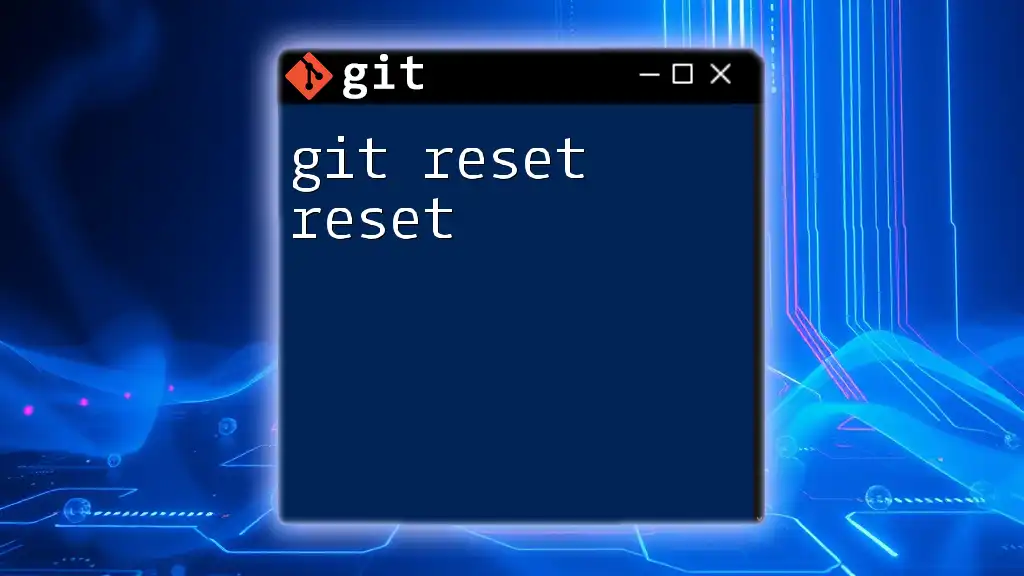
Additional Resources
For further reading and to enhance your understanding, consider consulting the official Git documentation and other related tutorials that dive deeper into specific Git functionalities.

